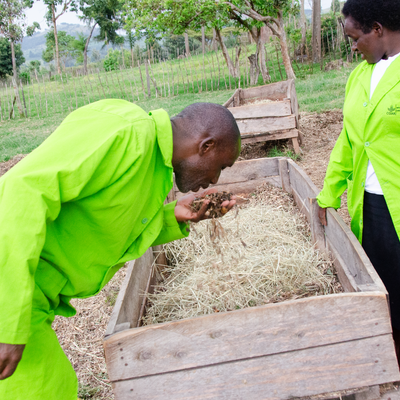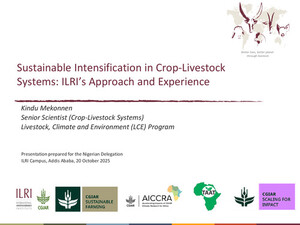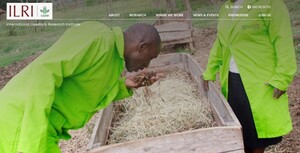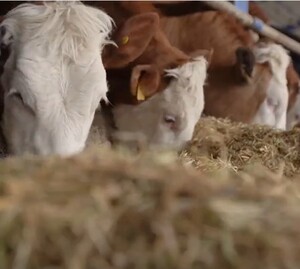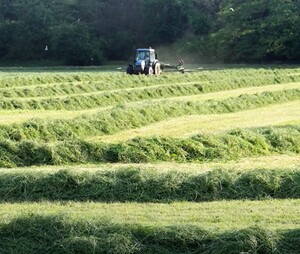
Improving productivity reducing poverty and enhancing equity in mixed crop--livestock systems in the Indo-Gangetic Basin
The purpose of the project is to apply a water productivity framework to diagnose entry points for intervention. It will develop technical, feasible, institutionally sustainable options that take into account demands on women’s time and labour, and promote these among stakeholders via workshops and publications.
The project covers the semi arid areas of the Indo-Gangetic River Basin to the South and West of the Ganges, including the states of Bihar, Jharkhand, Madhya Pradesh, Uttar Pradesh, Bengal and Haryana. Research sites are generally dependent on rain fed farming with ground water based supplementary irrigation. Livestock here have been observed to depend substantially on biomass on common lands with crop residues and crop-by products. Livestock play a critical role in providing draught power, supplementing household nutrition, income security, cooking fuel and a source of fertilizer. Adequate supplies of water are essential to maintain both the crop and livestock enterprises. Yet, until recently there has been little research to assess the interrelationships between crop production and livestock farming, especially in the context of the growing competition for water and land resources in the region This project will therefore try to integrate livestock food and water needs into broader agriculture and water interventions in ways that are poverty and gender focused, and can result in reduced land degradation. The problems of poor integration of livestock and crop water needs will be assessed in order to provide a detailed insight into changes required at various tiers of local governance. The project targets poor rural households in Indo-Gangetic Basin (IGB). It also stands to benefit managers of water resources and agencies engaged in governance of land resources as well as agencies involved in livestock promotion. PROJECT OBJECTIVES • To improve the understanding of total water needs of crops and livestock in Crop Livestock Systems(CLS) • To identify institutional and governance arrangements that support integration of crop and livestock water needs for enhanced livelihoods in CLS • To identify specific entry points and methods for integrating livestock and crop production to optimise water productivity • To evaluate gender, livelihood and poverty impacts on technology and management options for CLS • To increase capacity and develop policy, technology and governance recommendations for improving water productivity in CLS







